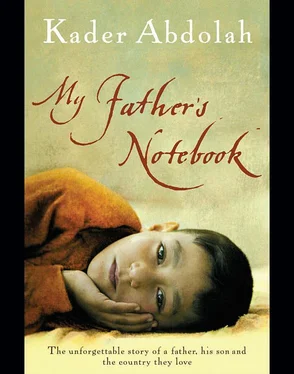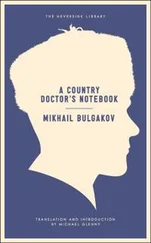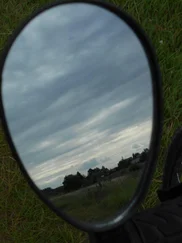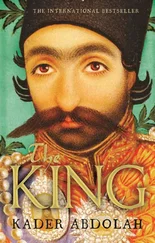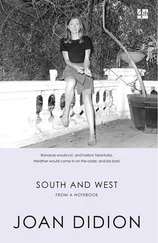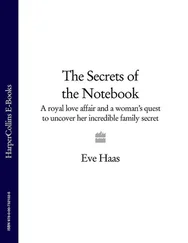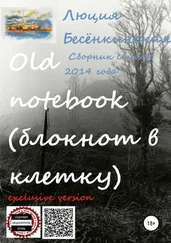“No.”
“That letter is something that used to be inside the king’s head. Nobody knows what it says, but it must say something. Now you, yes you , can also write a letter. Here, on the next page of your notebook. Some other time, you can write another letter on another page. You can write down what’s inside your head, just like the king did. Go ahead and try it!”
Years later, when Ishmael, the son of Aga Akbar, was sixteen and living in the city, he went to visit his uncle in the mountains. “But Uncle Kazem Khan,” he asked him one evening at dinner, “why didn’t you teach my father the normal alphabet, so he could read and write like everyone else?”
“What do you mean ‘like everyone else’? Nowadays you have to learn to read, but you didn’t have to back then. Especially not here in the mountains. Even the village imam could barely write his name. Who could have taught the alphabet to a deaf-mute child? I wasn’t the right man for the job. I simply didn’t have the patience. I’ve never liked sitting around the house. I’m always on the go, always riding off somewhere on my horse.
“To teach a child like that, you need a capable father and a strong mother. I didn’t want to teach him how to write, but I felt — or, rather, observed — that Aga Akbar was forming sentences in his head, that he was thinking up stories. Do you understand?
“Those sentences in his head, that storytelling talent, could have destroyed him. He had headaches all the time, and I was the only one who knew why. That’s the reason I taught him to write in cuneiform. To write for the sake of writing. I didn’t know if he’d be able to do it, or even if it would help. I was simply trying to solve a problem. Anyway, no one can read the king’s cuneiform inscription. Maybe the puzzle will never be solved. But the king did write down his thoughts.
“Did I steer Akbar in the right direction or not? You’re entitled to your opinion, but I think my method worked. Your father still writes, to this day. And cuneiform is a beautiful and mysterious script. Your father has his own language, his own written language. Do you ever look in his notebook?”
“No. I see him writing in it sometimes.”
“Have you ever tried to read it?”
“I can’t read a word of it.”
“You could ask him to teach you how.”
“What about you? Can you read it?”
“No, but I know what he’s writing about. One time … God, how long ago was it? I went to his room and found him sitting at his desk, writing. I think he was about as old as you are now. Except that he was stronger. Big shoulders, dark hair, clear eyes. Anyway, I saw that he was writing. ‘Show it to me,’ I said. ‘Tell me what you’ve written.’
“In those days he had quite a bit of contact with the foreigners who went to the cave, the ones who were trying to decipher the text. I think he’d learned something from those experts — something about other reliefs, or maybe even a likely translation. ‘Explain to me what you’ve written,’ I said. At first he didn’t want to. He was embarrassed, but I kept pressuring him. I wanted to know if my method had worked.
“So he read. I can still recite his words from memory. Listen, it’s beautiful: I, I, I am the son of the horseman, the horseman from the palace, the palace on the mountain, the mountain across from the cave. In that cave is a letter, a letter from a king, a letter carved in the rock, from the time when there were no pens, only hammers and chisels .”
Later, when Aga Akbar was a young man, he became a guide. He led the cuneiform experts — the Americans, the British, the French and the Germans — up to the cave on mules. Then he stood on a mule and held up the oil lamp, so they could take pictures or copy the text for the umpteenth time.
Anyone interested in cuneiform or in decoding old inscriptions is sure to own books on the subject. And those books are sure to have a couple of pictures of the cuneiform inscription in the cave on Saffron Mountain. And one of those pictures is bound to show a youthful Aga Akbar, standing on a mule and holding up an oil lamp to illuminate the cuneiform relief.
We can’t understand Aga Akbar’s notes
without knowing about Shah Reza Khan .
We look at the background to the story,
at the details not given in the notebook .

Saffron Village was famous not only for its ancient cuneiform inscription, but also for its beautiful carpets, its genuine Persian rugs. Americans and Europeans who have a Persian carpet in the living room don’t realise that it might have been made in Saffron Village. You can tell by the pattern. If it has a strange bird with an odd-looking tail, it no doubt comes from the village where Aga Akbar grew up.
In the middle of winter, hundreds of strange birds suddenly flew in from the other side of Saffron Mountain, from the former Soviet Union. Since it was cold, the birds were hungry and thirsty. The villagers always knew when the birds were about to arrive: early in the morning, on one of the first days after the full moon had appeared to the left of the mountain peak. The women leaned their ladders against the walls in expectation.
At the first sign of the birds, the women climbed up onto the rooftops and set out bowls of warm water and bits of leftover food.
The strange birds landed on the roofs. The women and children watched from the windows and saw the birds walk across the roofs with their strange long tails, bobbing their heads in thanks. The birds rested for a few hours, then flew off. And the women, who spent the whole day, the whole month, the whole year, the whole of their lives in the village, weaving rugs, the women who never got a chance to leave Saffron Mountain, wove those birds into the patterns of the carpets.
Another motif that made its way into their carpets was the cuneiform script.
The illiterate women of Saffron Village used the secret language of the cave’s relief to weave their hopes and longings into their carpets.
Sometimes the carpets depicted a foreigner in a hat riding to the cave on a mule and holding a sheet of paper filled with cuneiform.
At the end of the 1930s the women suddenly began weaving a completely new pattern into their carpets — a train. A train trailing smoke as it snaked its way up Saffron Mountain.
Nowadays the carpets show a bomber flying over the village, dropping its deadly cargo.
Though the women didn’t realise it, the train and its trail of smoke symbolised a shift in power. In those days Reza Khan, the father of the last shah of Iran, had the country firmly in his grip. There was a centralised dictatorship. Reza Khan was a simple private who had worked his way up to general. What he lacked in education, he made up for in ambition.
In 1921 he staged a coup. Announcing that the Qajar dynasty had come to an end, he declared himself the new king of Persia. From then on, it was to be known as the Pahlavi kingdom.
Reza Shah wanted to weave the country into a new pattern. He wanted to transform the archaic kingdom of Persia into a modern nation orientated towards the West. That meant new businesses, modern schools, printing presses, theatres, steel bridges, roads, buses and taxis, not to mention radios and radio stations that would broadcast, for the first time in Persian history, the magical voice of a singer:
Yawash, yawash, yawash, yawash
amadam dar khane-tan.
Yek shakh-e gol dar dastam
sar-e rahat benshastam.
Be khoda’ yadat narawad az nazram .
Softly, softly, ever so softly,
Читать дальше
